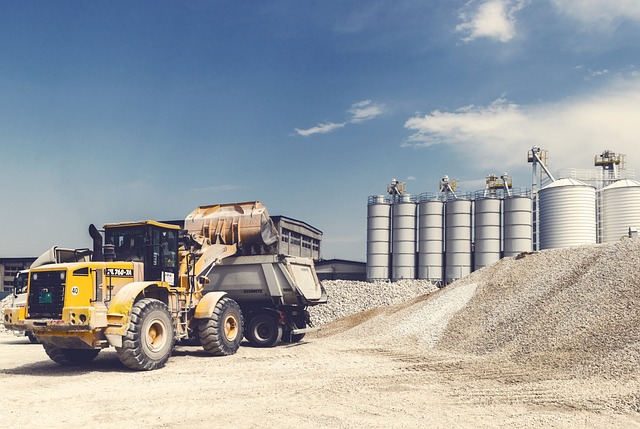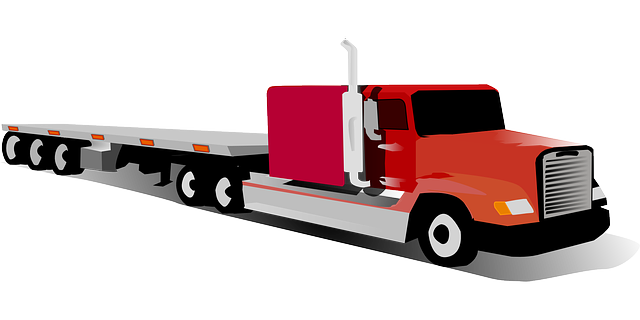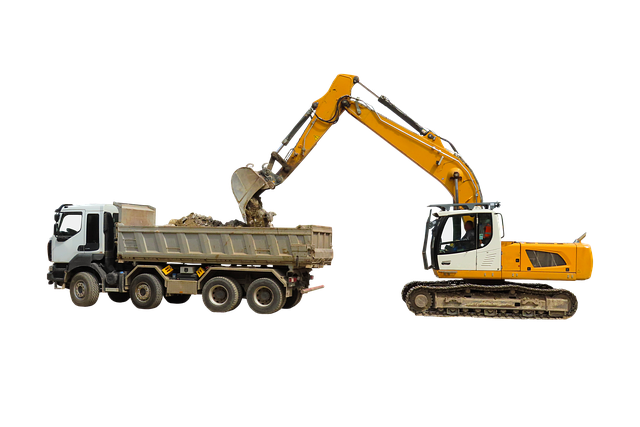In the trucking industry, managing risks associated with oversized vehicles is crucial for safety and efficiency. These vehicles face unique challenges like increased accident vulnerabilities, weather impacts, and theft. Comprehensive risk assessment, including route hazard evaluation, local regulations, and robust security, is key. Proactive strategies such as adequate insurance coverage, track technology, and driver training protect assets and ensure smooth operations. Oversized vehicle insurance is essential for specialized policies addressing cargo securement, legal liabilities, and damage protection during transit, offering financial security against risks. Comprehensive risk mitigation also involves regular safety protocol updates, driver training, advanced tracking systems, and efficient communication channels.
In the dynamic world of trucking, safeguarding expensive equipment and cargo is paramount. This article guides you through essential strategies to mitigate risks and protect your investments. We explore key aspects such as understanding the unique risks and needs of trucking operations, leveraging oversized vehicle insurance policies for comprehensive coverage, and implementing best practices beyond insurance to minimize potential losses. By delving into these topics, you’ll gain insights into ensuring the security and integrity of your trucking business’s most valuable assets.
- Understanding Risks and Needs for Trucking Operations
- The Role of Oversized Vehicle Insurance Policies
- Comprehensive Coverage Options for Cargo Protection
- Mitigating Risks Beyond Insurance: Best Practices
Understanding Risks and Needs for Trucking Operations

In the dynamic world of trucking, understanding the risks and unique needs of your operations is paramount to ensuring safe and efficient transportation. Oversized vehicles, by their very nature, present specific challenges due to their size and value. These include heightened vulnerabilities to accidents, weather conditions, and theft. Therefore, a comprehensive risk assessment is crucial for any trucking business aiming to safeguard its expensive equipment and cargo.
This involves evaluating potential hazards along common routes, understanding local regulations regarding oversized vehicle insurance, and implementing robust security measures. By recognizing these risks early, trucking companies can invest in the right insurance coverage, track technology, and driver training to mitigate them effectively. Such proactive strategies not only protect valuable assets but also contribute to a smoother, more reliable trucking experience.
The Role of Oversized Vehicle Insurance Policies

Oversized vehicle insurance plays a pivotal role in safeguarding expensive trucking equipment and cargo during transit. These specialized policies are designed to cover unique risks associated with transporting large, unconventional, or bulky items that may not fit within standard vehicle size parameters. In many cases, these vehicles include trailers, semi-trucks, or specialized carriers hauling machinery, construction materials, or oversized cargo like wind turbines or cruise ship components.
The coverage offered by oversized vehicle insurance policies goes beyond basic liability and collision damage. They often include specific provisions for cargo protection, such as securement and loading regulations, as well as legal liability related to route restrictions and permits required for transporting oversized loads. This comprehensive coverage ensures that trucking companies and their clients are protected from significant financial losses in the event of accidents, theft, or damage during the transportation process.
Comprehensive Coverage Options for Cargo Protection

When it comes to protecting your expensive trucking equipment and cargo, comprehensive coverage options are essential. Oversized vehicle insurance policies go beyond basic liability by offering enhanced protection for high-value loads and specialized vehicles. This includes coverage for damage during transit, theft, and natural disasters, ensuring peace of mind on the road.
These policies typically feature customizable options tailored to meet the unique needs of trucking businesses. Insurers may offer additional perks like roadside assistance, load securement reimbursement, and liability protection against third-party claims. With comprehensive oversized vehicle insurance, you can safeguard your investment, mitigate financial risks, and focus on ensuring the safe delivery of your cargo.
Mitigating Risks Beyond Insurance: Best Practices

Protecting your trucking operations extends beyond simply having adequate oversized vehicle insurance. While insurance is a fundamental component, there are several best practices to consider for comprehensive risk mitigation. Regularly reviewing and updating safety protocols is paramount. This includes pre-trip inspections to identify potential issues with both vehicles and cargo securement. Proper training for drivers on safe handling procedures and emergency situations can significantly reduce the risk of accidents and damage.
Implementing advanced tracking and monitoring systems adds another layer of protection. These technologies enable real-time visibility into vehicle location, speed, and behavior, allowing you to proactively address safety concerns. Additionally, establishing clear communication channels between dispatchers, drivers, and receive sites ensures quick response times in case of emergencies or unexpected delays.
Protecting trucking operations, cargo, and equipment involves a multi-faceted approach. By understanding risks specific to the industry, selecting appropriate oversized vehicle insurance policies, exploring comprehensive cargo coverage options, and implementing best practices for risk mitigation, carriers can significantly minimize potential losses. Combining robust insurance plans with diligent safety measures ensures the security of both valuable assets and business integrity in today’s transportation landscape.
